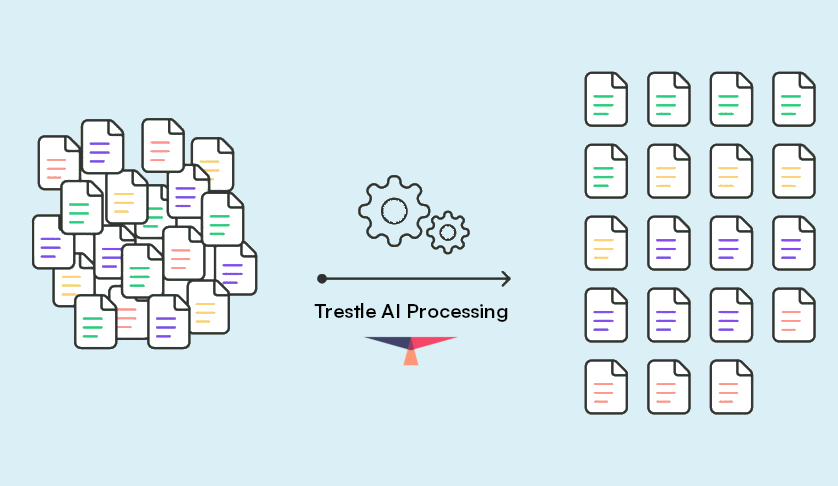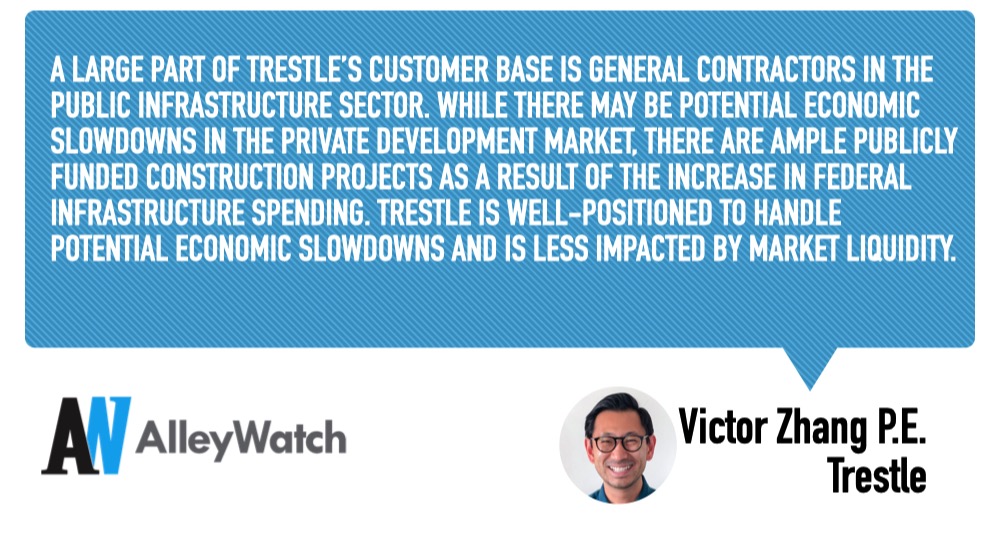Subcontractor Performance Ratings: Getting Feedback From Other Departments


Many departments within a general contractor interact with subcontractors and suppliers. However, when it's time to review the work performed, many businesses only consult one department, such as the specific project team.
But there's a benefit to having multiple departments share their feedback, since this can improve collaboration and remove risk blind spots for the company. This level of communication is key for achieving holistic and complete pictures of your subcontractors' performances.
Read on to learn how to collect high-quality subcontractor reviews from different departments and why it's so important.
The Importance of Transparency for Subcontractor Reviews
Subcontractors, suppliers, designers, engineering firms, and other service providers play an essential role in your business's processes. Even though they're not part of your contractor company, you should still treat subs like they're part of your project team — especially when reviewing their work.
All related departments sharing their feedback improves collaboration, risk mitigation, and the review's overall quality. This holistic approach can prevent loss before it happens and help you identify potential risks and lost revenue. Comprehensive feedback can help you decide whether or not to partner with certain subcontractors and suppliers again later. For example, even if a subcontractor's work was on par, their contract might not seem as cost-efficient after talking to the finance and operations teams.
Every department will notice something different about subcontractors' performances. While a supplier's delivery method may suit the project team, their inventory processes may pose concerns for the legal department. Asking around for subcontractor feedback can make you aware of all potential risks, including issues that may only seem obvious to certain departments.
Checking in with different teams is also important to help boost employee engagement and empowerment. Making everyone's voice be heard during subcontractor reviews shows that you genuinely care about their efforts and opinions.
Which Departments Should Review Subcontractors' Performances?
You shouldn't have to consult with every department within your company when rating subs and suppliers. Instead, prioritize the teams that worked directly with the subcontractor or on the same project. This will help you cover all of your bases for better transparency and documentation.
Consider consulting the following departments and teams:
- Operations
- Finance
- Legal
- Compliance
- Business development
- Marketing
- Construction
- Project teams
4 Strategies to Collect High-Quality Subcontractor Reviews
Comprehensive subcontractor feedback can help you prevent profit loss before it happens. However, you can't just send the same two questions to every department. Your subcontractor reviews should be intentional and based on data collected throughout your projects.
1. Customize Relevant Questions for Each Department
Genuine feedback should cover more than numerical ratings. Avoid using the same review questions every time you rate subcontractors, especially when consulting different teams.
Customizing unique questions for each of your organization's departments improves the information you receive. These questions should be relevant to each team's interactions with a subcontractor or supplier. For instance, you should ask the larger project team general questions but reserve money-focused queries for your finance and business development departments.
Consider asking these feedback questions for different departments:
- Did the subcontractor meet key deadlines in a reliable and positive manner?
- Did the subcontractor team aid operations and the project results?
- Did the subcontractor communicate openly and in a timely manner?
- Did the subcontractor prioritize safety when completing their work?
- Did the subcontractor comply with our organization's guidelines and regulations?
- Were the subcontractor's methods cost-effective for our business?
- Was the subcontractor willing to listen and learn about project objectives?
- Was the subcontractor's paperwork manageable and comprehensive?
- Did the subcontractor's work raise any concerns or risks?
2. Mix Up Your Types of Questions
Simple "yes" or "no" questions aren't always enough to assemble the complete picture. Your performance review questions should be diverse and strategized around your feedback goals.
The most common types of feedback questions follow the "Likert scale" or similar rating systems. Individuals are asked to share how strongly they agree or disagree with certain statements, such as "The subcontractor's task was completed in a timely manner." These types of questions improve the quality of feedback by giving you a better perspective of various opinions. After all, there's a crucial difference between your team "agreeing" and "strongly agreeing" that a subcontractor was a good fit.
Beyond multiple-choice questions, consider adding at least one written or typed section to your teams' subcontractor reviews. Written questions take longer to review but can provide key details into work processes and risk blind spots. If you don't have a particular question in mind, simply leave an optional question at the bottom asking for additional thoughts.
3. Keep Your Construction Schedule Organized
The average construction project comprises dozens of tasks across different departments, suppliers, and subcontractors. Even if each individual team can reasonably manage their workload, there's still a lot to review when all is said and done.
Organizing your teams' tasks on one comprehensive platform, such as a scheduling app, lets you track your project's workflow as it happens. This improves transparency by showing you each team and subcontractor's contributions. It can also boost collaboration by letting teams track and assist each other's workloads.
Many construction contractors already have a preferred organization software. However, not all of their departments use these platforms effectively, which can muddle the complete picture. All teams need to actively contribute to the workflow and update their completed tasks for your platform to be effective. Take the time to train employees in your app's best practices, and ask them to share completed tasks and subcontractor updates.
4. Establish Clear Criteria for Subcontractors' Performances
Key performance indicators (KPIs) let teams and supervisors properly note how each task is completed based on the business's priorities. Establishing clear expectations and KPIs with your team will make it easier for them to manage their responsibilities and rate subcontractors' performances. It can also make your operations teams aware of potential risks and other concerns they need to look out for.
Beyond specific data, you should communicate with each department the type of subcontractor feedback you'd like. Your customized questions should speak for themselves, of course. However, if you communicate your goals and reasons for collecting reviews, employees may put more thought and intentionality into their feedback.
Improve Collaboration and Risk Mitigation With Subcontractor Feedback
Having all departments share their feedback improves collaboration and removes risk blind spots for the company. This complete picture is essential for mitigating profit loss and making sure that your current subcontractors are really your best options.
Built for heavy construction, Trestle Benchmark lets you manage questions and automated review requests when assessing subcontractors. You can easily customize each question based on specific teams, roles, and subcontractors to get the most complete picture possible. Schedule a demo with Trestle to learn how it can improve your subcontractor performance reviews.
Keep Reading





